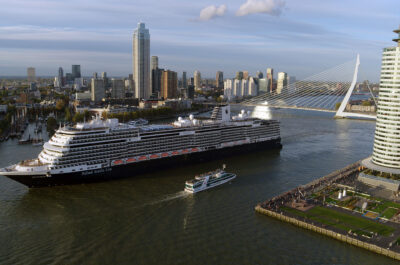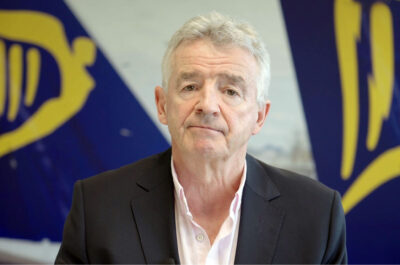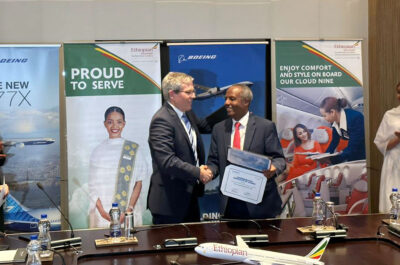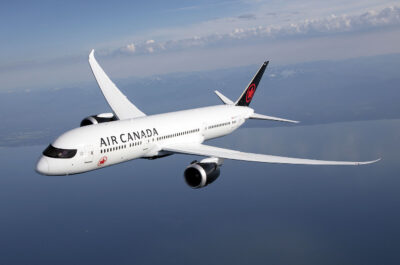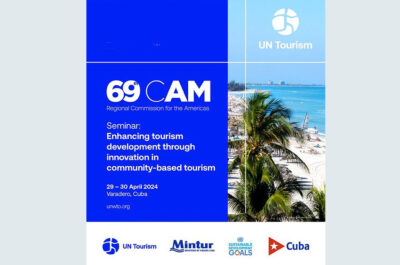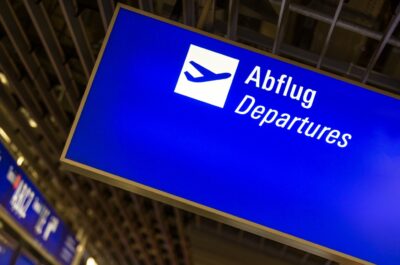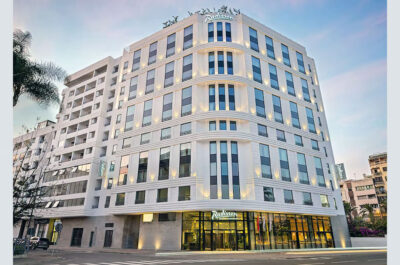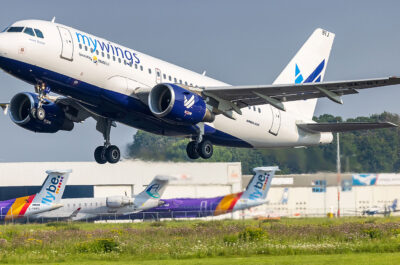Boeing has rolled out of the factory the first 787 Dreamliner to be built at the increased production rate of seven airplanes per month. The airplane, which rolled out earlier this week, is the 114th 787 to be built overall and the 100th 787 to be built at the Everett, Wash., factory.
EVERETT, WASH. – Boeing‘s 787 program is on track to achieve a planned 10 per month rate by year-end. The production rate accounts for airplanes built at the Everett Final Assembly facility, the Everett Temporary Surge Line and Boeing South Carolina. To date, 50 787s have been delivered to eight airlines. The program has more than 800 unfilled orders with 58 customers worldwide.
Airline Passenger and Safety Groups Seek to Clip Boeing 787 Wings
Challenging the safety of the Boeing 787 Dreamliner, two air- passenger advocacy groups are demanding the U.S. government limit flights on the controversial new jet until the safety of its lithium-ion batteries is proven.
FlyersRights.org and the Aviation Consumer Action Project are petitioning the Federal Aviation Administration (FAA) and the Department of Transportation (DOT) for a two hour limit from the nearest airport for the safety of passengers and crew.
The Boeing 787, an advanced technology twin engine airliner made of light weight composite materials with a range of over 9,000 miles, was certified to fly up to 3 hours from the nearest airport in 2011 by the FAA, based on Boeing testing and safety assurances. But the FAA grounded the entire 787 fleet in January 2013 after a battery fire on one 787 and smoke on another.
“Our proposed actions are both urgent and necessary,” said attorney Paul Hudson, leader of both organizations and a prominent aviation-safety advocate for 25 years.
“The 787 lithium ion batteries have a long history of overheating, catching fire, even exploding. This could easily bring down an airliner, especially if it was not within easy reach of an airport for an emergency landing,” Hudson said. “Such batteries have been labeled as hazardous by the FAA and banned from being carried as cargo on most passenger jets. In one year of operations of 52,000 hours there have been several 787 battery failures versus one for every 10 million hours of predicted by Boeing. Adequate testing of the batteries haven’t been done and the fire investigation is not finished,” he added.
With over 25,000 members nationwide, FlyersRights.org is the nation’s largest non-profit airline passenger organization, which pushed for and won a federal rule limiting tarmac flight delays to 3 hours. The Aviation Consumer Action Project has advocated for air safety, security and consumer rights for over 40 years.
The advocacy groups’ formal petition is backed up by testimony from a Massachusetts Institute of Technology professor, a prominent battery-safety consultant and former DOT Inspector General Mary Schiavo.
Limiting the 787 to flights within two hours of the nearest airport would ban 787 trans-Pacific flights, flights over the North Pole. Flights between the U.S. and Europe over the north Atlantic and flights over land would not be affected by a two-hour limit.
The FAA grounded the American 787 fleet after two 787 battery incidents in January. A fire erupted in a lithium-ion battery on a Japan Airlines 787 at Boston’s Logan International Airport. Days later, another 787 battery incident forced an emergency landing in Japan by an All Nippon Airways 787. After the FAA’s grounding order, other countries where the 787 is in use followed suit.
Although U.S. investigators still don’t know what caused the batteries to overheat, the FAA has approved a proposed Boeing fix that the manufacturer claims would stop any fires that started. United Airlines, the only U.S. carrier with 787s in its fleet, is scheduled to resume 787 flights on May 20. Foreign airlines will resume their 787 flights soon.
On January 18th, DOT Secretary Ray LaHood emphatically stated, “Those planes won’t fly until we’re 1,000% sure they are safe to fly.”
“Four months is a very short time to be ‘1,000 percent’ sure about anything – much less a highly complex lithium-ion battery that’s known to be prone to fire on board an aircraft carrying over 200 passengers and crew. It would be a shame for Secretary LaHood to culminate his many years of service with a reckless and hasty decision like this,” says FlyersRights.org’s Hudson.
Theodore is the Co-Founder and Managing Editor of TravelDailyNews Media Network; his responsibilities include business development and planning for TravelDailyNews long-term opportunities.




